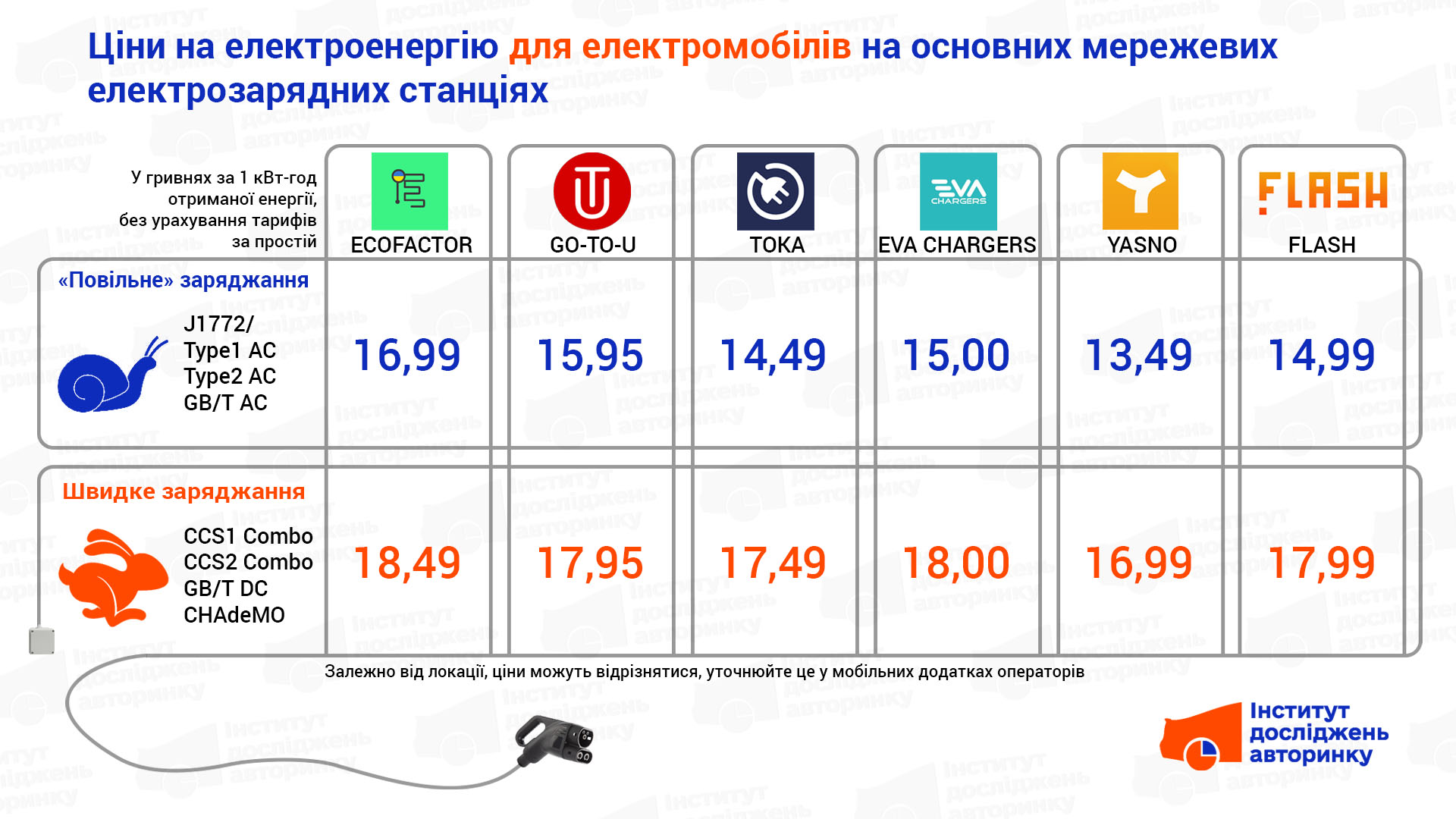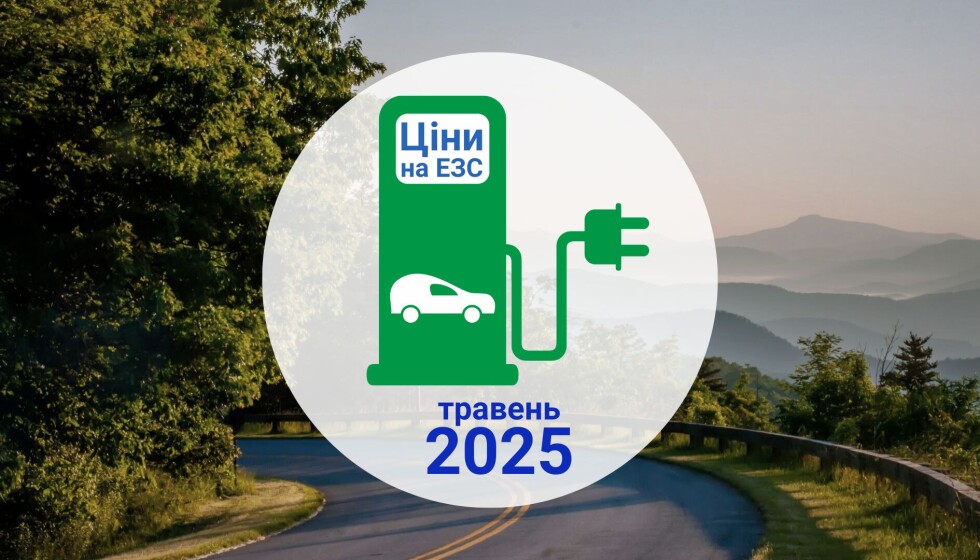Every year, the fleet is replenished with newer models of electric vehicles with larger batteries that do not require daily charging — unlike the first versions with a range of 1-2 days. This eliminates the dependence on a socket at home or in the garage — a problem that previously restrained demand. The development of a network of high-speed public charging opens up new opportunities for the electric vehicle market.
Analysts from the Institute for Automotive Market Research analyzed the set of models in the Ukrainian electric vehicle fleet (the volume of which is over 150 thousand cars ), and determined that about 40% of its residents have batteries with a capacity of over 50 kWh, so they can be safely classified as "long-range", or at least those suitable for interregional trips.
- Order a turnkey electric car from Europe at West Auto Hub !
So what about the prices, and are there any savings that are talked about so much? So, if you charge an electric car exclusively at EV charging stations (electric charging stations), the savings factor does not disappear: with an average consumption of 20 kWh per 100 km of run, such a distance will cost an average of 370 UAH (+10 UAH compared to the previous month) .
The least expensive option for a not too large passenger car with an internal combustion engine, equipped with gas cylinder equipment, will spend (at 12 l/100 km of propane-butane mixture) 430 UAH. And this is still a rather optimistic value, usually in practice cars with HBO require more fuel. A gasoline passenger car at 10 l/100 km will spend 550 UAH for the same distance.
So, why charge at publicly accessible chargers? Specialists from the Institute for Automotive Market Research collected information from mobile applications of leading network EV charging stations in Ukraine and selected the most frequently repeated price values, focusing primarily on stations located near roads.
Depending on the location, lower or higher tariffs may occur — this should be clarified in the relevant applications of the charging station operators. Also, some stations apply a "standby" tariff — when the car is connected, but charging is not taking place, but we will not take this moment into account. According to the observations of IDA specialists, higher tariffs are more common at roadside charging stations, especially if they are high-speed (80...100 kW and more). Lower tariffs are mainly at charging stations located in the parking lots of various businesses — hotels, shopping centers, restaurants, etc.
Letʼs note that this information is provided for reference purposes — it is not a rating of EV charging station operators, but only a guideline for those who have or plan to purchase an electric vehicle.

Compared to the previous month, the price per kilowatt-hour for most operators has increased — from 50 kopecks to 1 UAH.
The average price of a kilowatt-hour received through the AC port is currently (rounded) 15.15 UAH (+0.26 UAH), through the DC port — 17.82 UAH (+0.42 UAH).
- Subscribe to the Telegram channel of the Auto Market Research Institute to receive information first, without advertising and spam.



